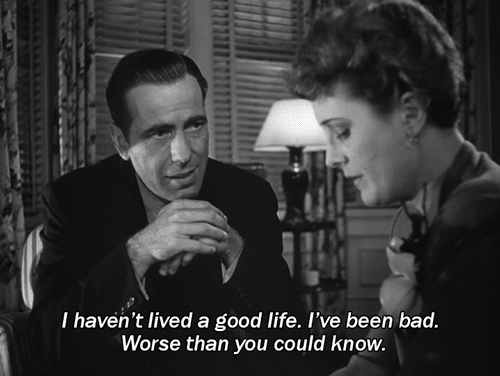Formalists in filmmaking emphasized the formal properties of cinema that shaped the way films were made, as well as our responses to them. For the formalists, the challenge was to establish film as an independent art form. In contrast to the Formalists, Realist theorists stressed the importance of cinema’s ability to record or capture reality. This realist approach was exemplified in the period of filmmaking which has come to be known as Italian Neorealism.
Italian Neorealism is a film movement that lasted from 1942 to 1952 (Hayward. S, 2013). Cesare Zavattini created neo-realism, suggesting a new form of Italian Cinema that abolishes contrived and planned plots, use real
people and locations so that direct contact is established with contemporary social
reality. The major feature of Neorealist filmmaking is a concentration on the lives of ordinary people struggling against adversity in the devastation of the aftermath of World War II. They tend to focus on poor, working class people and their everyday lives, the socio-economic conditions of the time, and the desperation and moral ambiguity which results. Neorealist mise-en-scene relied on actual location shooting, and its photographic work tended towards the rawness of documentaries. Shooting on the streets and in private buildings made Italian camera operators incredibly adept at cinematography. In addition, the dialogue was dubbed through post-synchronization due to the lack of sound equipment. This more complex mise-en-scene and more adept camerawork such as long shots, deep focus, long takes, allows for a multiplicity in the details. Another major feature of Neorealism is the use of nonprofessional actors, even in leading roles. Some of the elements can be found through watching Bicycle Thieves (Vittorio De Sica, 1948).
This film is about an unemployed father, Antonio Ricci, is overjoyed when he finally gets a work of hanging posters around the street of Rome. His wife, Maria, sells the family's bed linens to retrieve his bicycle from pawnshop so that he can take the job. In the first day, his bicycle is stolen when he is on work, which causes he losses his job unless he can find the bicycle. He then brings his son, Bruno along with him to search for the bicycle.
The film shows the effect of the war brought to the citizens in Italy. Antonio and his family is living in poverty in the post war period. In the beginning of the film, all the citizens gathered around to fight for a job. When Antonio gets a job that requires a bicycle, Maria have to bring all the bed linens from their home to the pawnshop to retrieve the Antonio's bicycle for him to take the job. The pawnshop is full of people who are queuing behind her to wait for their turn. This clearly shows how harsh is the Italian's life during the post war period.
Moreover, the film uses actual location to shoot. For example, the scene where Antonio goes to the water collect station to find Maria after he got his job. Along the way when they are walking home, the uneven dusty street and falling off paint of the building shows the aftermath of the war, which created the feeling of realistic.
Furthermore, non professional actor is used in the film. The director chose Lamberto Maggiorani, who was a factory worker to take the leading role instead of professional. The long takes in the scene where Antonio is pasting poster on the street, shows 3 suspicious men looks at his bicycle when walk by. This allows the audience to observe the environment and notice the 3 suspicious men to understand their intentions, instead of just focusing on the main actor.
In conclusion, Italian neorealist films mainly focus on the hardship of the lower and working class in difficult socio-political condition. Bicycle Thieves perfectly portrayed the struggles of the lower and working class in difficult condition after World War II in Italy.





